"End of Chapter Summary and Improvement" Lens and its Application PPT Simple campus recruitment activity planning plan summary enterprise and institution recruitment publicity lecture PPT template is a general PPT template for business post competition provided by the manuscript PPT, simple campus recruitment activity planning plan summary enterprise and institution recruitment promotion Lecture PPT template, you can edit and modify the text and pictures in the source file by downloading the source file. If you want more exquisite business PPT templates, you can come to grid resource. Doug resource PPT, massive PPT template slide material download, we only make high-quality PPT templates!
| 文件名 如何下载使用 | 下载次数 | Download Points | 下载地址 |
|---|---|---|---|
| "End of Chapter Summary... | 1775次 | 0.00 | Free Download |
Tips: If you open the template and feel that it is not suitable for all your needs, you can search for related content "End of Chapter Summary and Improvement" Lens and its Application PPT is enough.
How to use the Windows system template
Directly decompress the file and use it with office or wps
How to use the Mac system template
Directly decompress the file and use it Office or wps can be used
Related reading
For more detailed PPT-related tutorials and font tutorials, you can view: Click to see
How to create a high-quality technological sense PPT? 4 ways to share the bottom of the box
Notice
Do not download in WeChat, Zhihu, QQ, built-in browsers, please use mobile browsers to download! If you are a mobile phone user, please download it on your computer!
1. The manuscript PPT is only for study and reference, please delete it 24 hours after downloading.
2. If the resource involves your legitimate rights and interests, delete it immediately.
3. Contact information: service@daogebangong.com
"End of Chapter Summary and Improvement" Lens and its Application PPT, due to usage restrictions, it is only for personal study and reference use. For commercial use, please go to the relevant official website for authorization.
(Personal non-commercial use refers to the use of this font to complete the display of personal works, including but not limited to the design of personal papers, resumes, etc.)

Related reading
For more detailed PPT-related tutorials and font tutorials, you can view:Please click to see


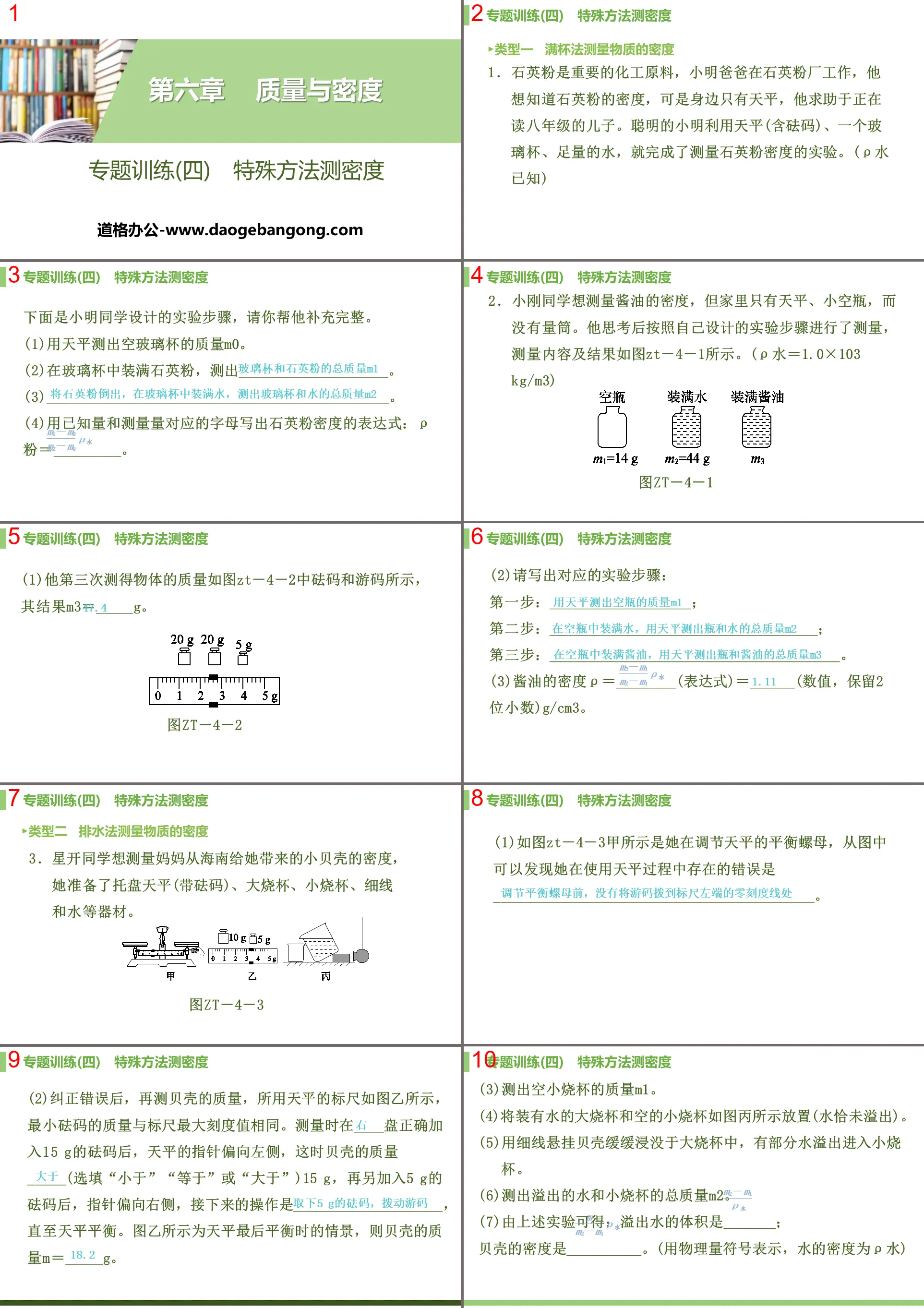


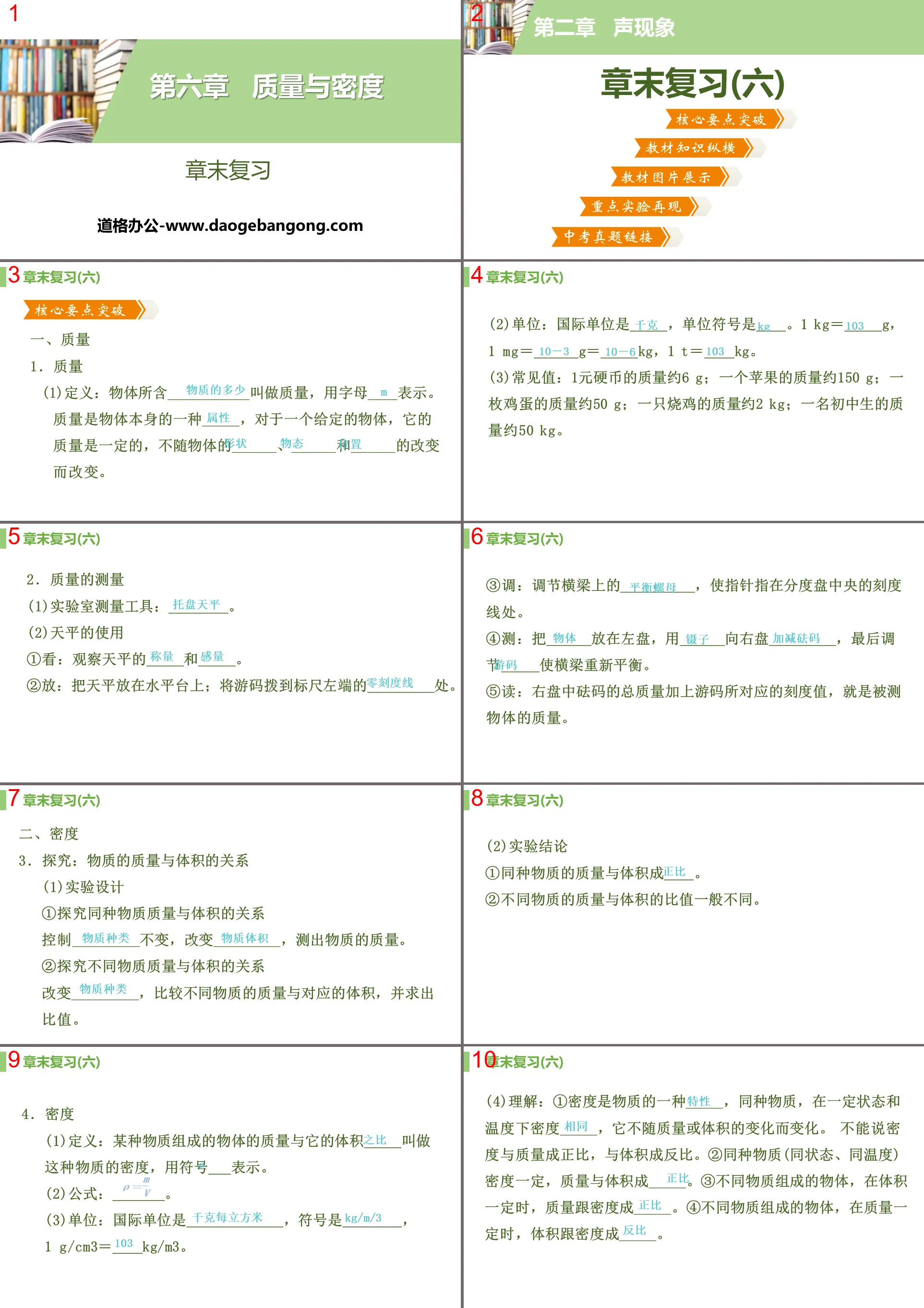
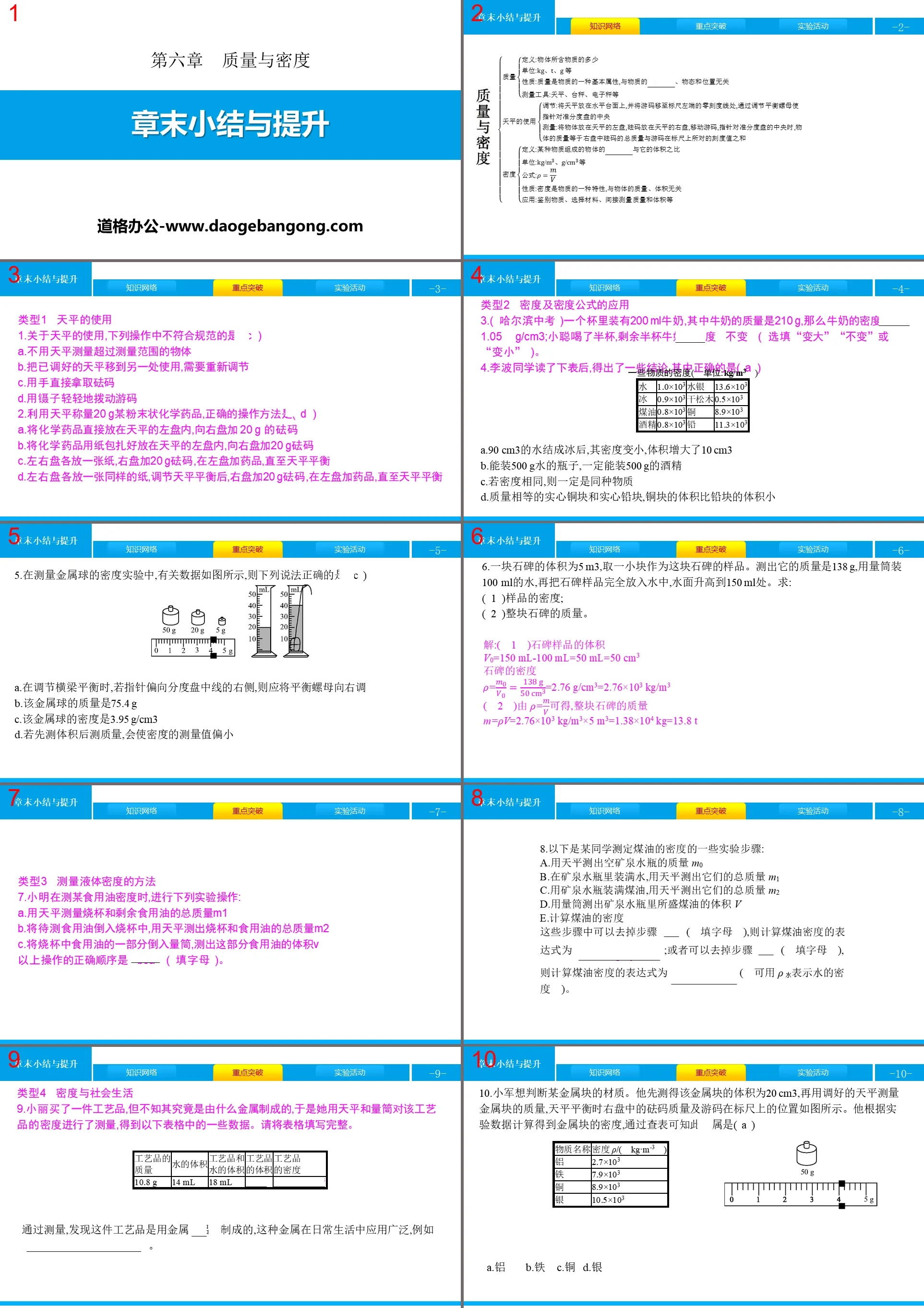
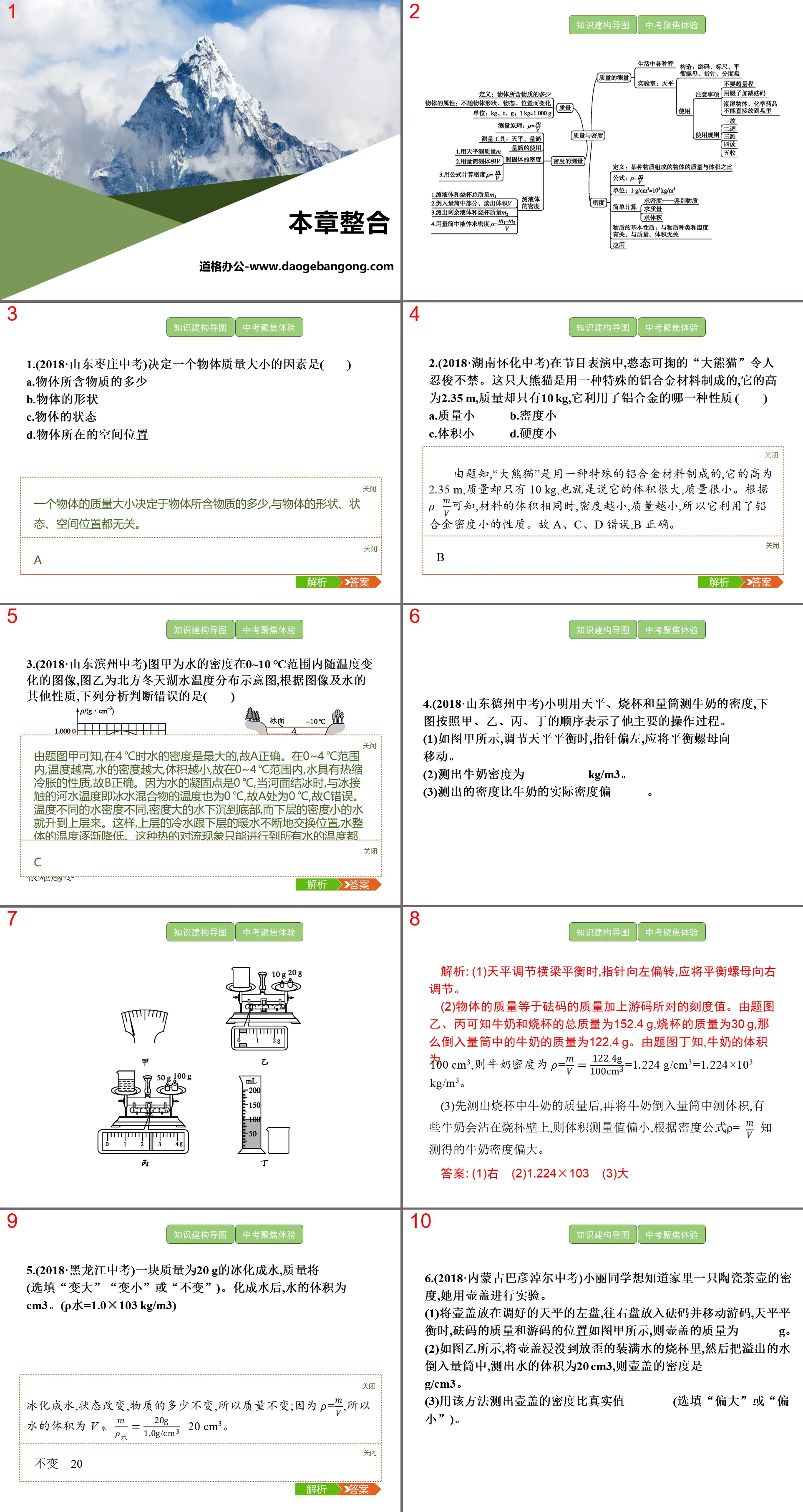
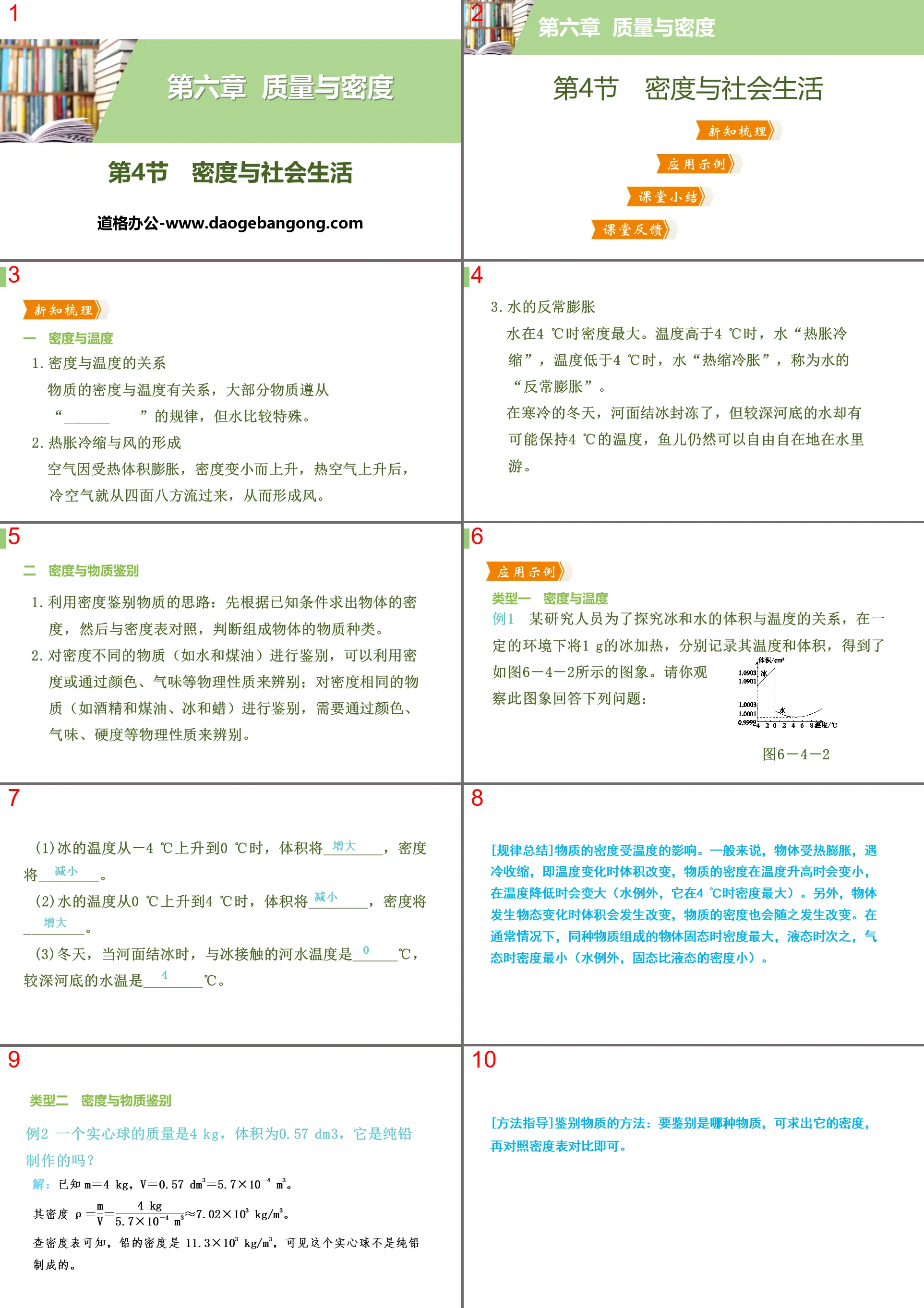
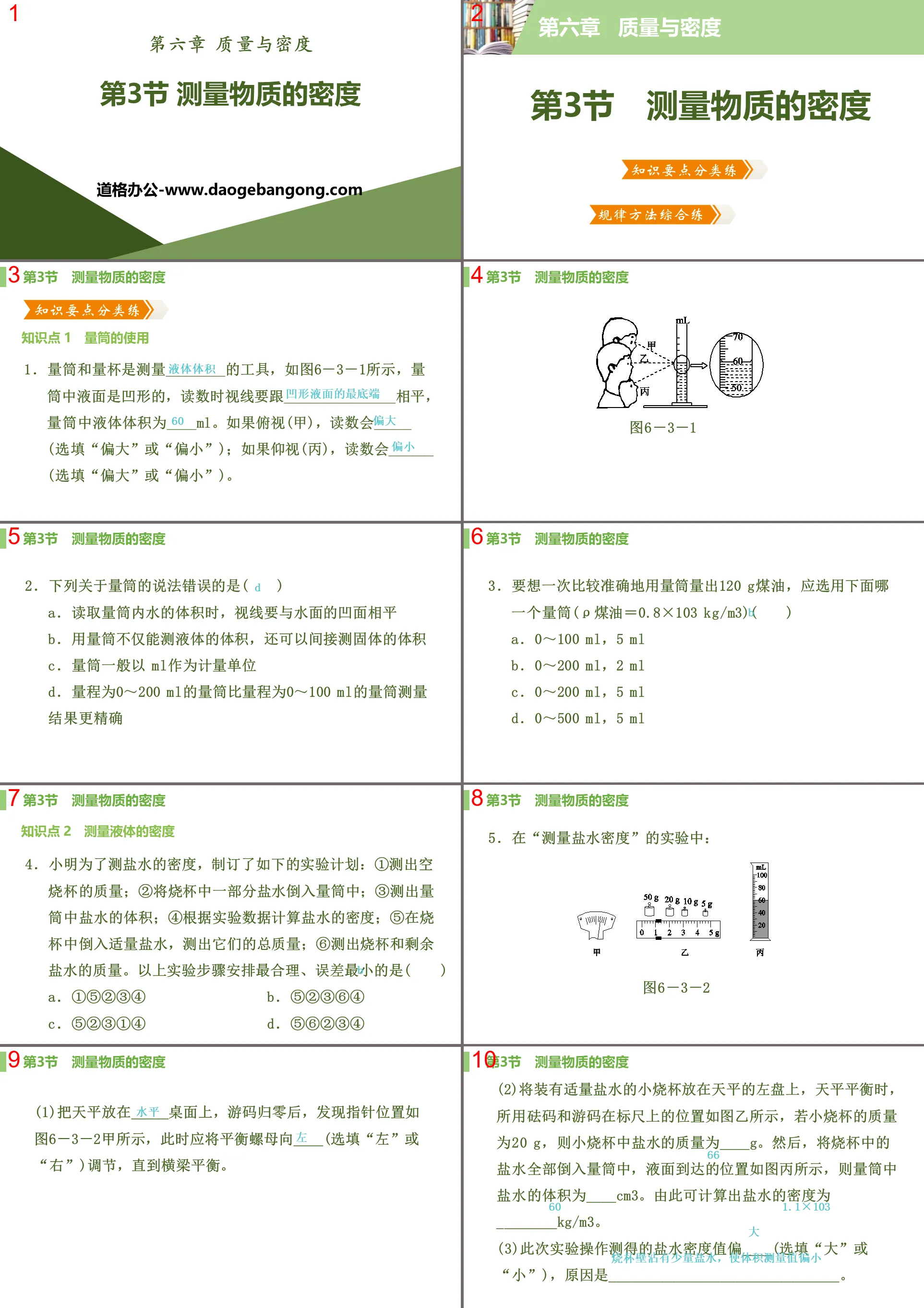
Authoritative PPT Summary
"End of Chapter Summary and Improvement" Lens and its Application PPT
Part One: Key Breakthroughs
Type 1 Comparison of convex lenses and concave lenses
1. The following four pictures are the optical path diagrams of light passing through the lens. The correct one is (B)
2. According to the incident light and exit light as shown in the figure, the optical element that should be filled in the dotted box is (A)
A. Convex lens B. Concave lens
C.Plane mirror D.Concave mirror
3. As shown in the figure, a convex lens is placed in front of a plane mirror. When observing the mirror with your eyes, the light beam seems to diverge from M, then the focal length of the convex lens is (D)
A.0.4 m B.0.3 m C.0.2 m D.0.1 m
4. The optical path of a beam of parallel light passing through a certain lens is as shown in the figure. It can be seen that the following statement is correct (C)
A. The lens is a convex lens
B. The lens can have real focus
C. Lenses made of this type of lens can correct myopia
D. Lenses made of this type of lens can correct farsightedness
5. As shown in the figure, a beam of light enters the optical instrument at O and then converges at point S on the main optical axis. After the optical element is removed, the light converges at point S', then the mirror must be (D)
A. Convex mirror B. Plane mirror
C. concave lens D. convex lens
Type 2: Application of lenses in daily life
6. (Tongliao High School Entrance Examination) Recently, a "selfie artifact" has become popular, which brings convenience to travelers. As shown in the picture, compared with taking a selfie directly with a mobile phone, you can use a selfie stick (B)
A.Increase the image distance
B. Increase the viewing range
C. Increase the size of the portrait
D. Shorten the distance from the scene to the lens
7. As shown in the picture, the old woman is reading a book with a magnifying glass. In order to see a larger and clearer image, she should (A)
A. Keep the book and eyes still, and keep the magnifying glass farther away from the book
B. Keep the book and eyes still, and keep the magnifying glass closer to the book
C. Keep the book and magnifying glass still, and keep your eyes closer to the book
D. Keep the book and magnifying glass still, and keep your eyes away from the book
8. Which of the following statements about microscopes and telescopes is correct (A)
A. Use a microscope to observe an object. What you see is a virtual image of the object after it has been magnified twice.
B. What you see through a telescope is the real image of an object after it has been magnified twice.
C. The objective lenses of all telescopes are equivalent to convex lenses
D. None of the above statements are correct
End-of-Chapter Summary and Improvement PPT, Part 2: Experimental Activities
Experiment: Explore the rules of imaging by convex lenses
1. Experimental equipment: light bench, convex lens, light screen, candle.
2. Experimental device: as shown in the figure.
3. Experimental operation
(1) Understand the focal length of the convex lens, or use the parallel light focusing method to measure the focal length.
(2) Light the candle and adjust the height of the convex lens and light screen so that their centers are at the same height as the center of the candle flame.
(3) During the experiment, the position of the convex lens does not change. By changing the position of the candle (adjusting the object distance), moving the light screen to find the image, note down the object distance, image distance, characteristics of the image each time and the image of the object during the movement. Changes.
(4) If no image can be found on the light screen in a certain experiment, it may be that the distance between the candle and the lens is less than one focal length or the candle is exactly at one focal length.
(5) When observing a virtual image, the human eye should look through the convex lens on the other side of the lens.
4. Precautions
When forming a real image, pay attention to moving the light screen back and forth until you find the clearest image.
5.Experimental conclusion
(1) When u>2f, it becomes an inverted and reduced real image.
(2) When u=2f, it becomes an inverted, equal-sized real image.
(3) When f
(4) When u=f, there is no image.
(5) When u
End-of-Chapter Summary and Improvement PPT, Part Three: Connection between Junior High School and High School
The relationship between object distance, image distance and focal length in the imaging law of convex lenses: In the experiment of the imaging law of convex lenses, u represents the object distance, v represents the image distance, and f represents the focal length. When the convex lens forms a real image, it satisfies 1/u+1/v=1/f. If the distance between the object images is L, then L≥4f.
[For training]
1. In the experiment on the imaging law of convex lenses, u represents the object distance, v represents the image distance, and f represents the focal length. When it becomes a real image, it satisfies 1/u+1/v=1/f. The object distance was measured in a certain experiment. is 30 cm and the image distance is 15 cm, then the focal length of this convex lens is 10 cm.
2. As shown in the figure, object AB can form an equally large and inverted real image on the other side of the convex lens. The object distance u=OB, the image distance v=OD, and the focal length of the convex lens is f. The relationship between object distance, image distance and focal length is 1/f=1/u+1/v.
(1) Please combine your mathematical knowledge to prove that the condition for a convex lens to form a real image of equal size is u=2f;
(2) In physics, the ratio of image distance to object distance is used to express the magnification of a convex lens, that is, m=v/u. Please combine the formula with the relationship between u and v when the projector is imaging, and explain the magnification of the projector when imaging. Is the rate m greater than 1 or less than 1?
Keywords: PPT courseware for eighth-grade physics volume 1 of the People's Education Press is available for free download, end-of-chapter summary and improvement PPT download, lens and its application PPT download, .PPT format;
For more information about the PPT courseware "Lens and Its Applications, End-of-Chapter Summary and Improvement", please click the "Lens and Its Applications, End-of-Chapter Summary and Improvement" ppt tag.
"Optical Drawing" Lenses and their Applications PPT:
"Optical Drawing" Lenses and Their Applications PPT [Topic Overview] Optical drawing is a hot topic in the high school entrance examination, and the question types involve fill-in-the-blank questions, experimental questions, and calculation and derivation questions. Optical drawing mainly includes: drawing using the reflection and refraction rules of light, drawing the imaging rules of plane mirrors, and drawing...
"Integration of this Chapter" Lens and its Application PPT:
"Integration of this Chapter" Lens and its Application PPT High School Entrance Examination Focus Experience 1. (2018 Inner Mongolia Tongliao High School Entrance Examination) As shown in the figure, scanning the QR code with a mobile phone is equivalent to taking a photo of the QR code. The mobile phone camera is equivalent to a convex lens and an image sensor. Equivalent to a light screen, which of the following statements is correct...
"Microscope and Telescope" Lens and its Application PPT teaching courseware:
"Microscope and Telescope" Lens and Application PPT Teaching Courseware Part One Content: New Knowledge Review - Microscope 1. Structure of a microscope: As shown in Figure 5-5-1A, the structure of a microscope from bottom to top is mainly a reflector, a carrier Object film, objective lens and eyepiece. Objective lens and...